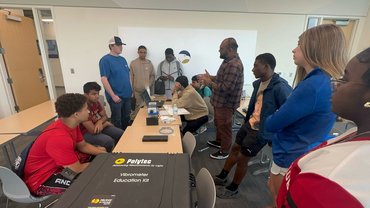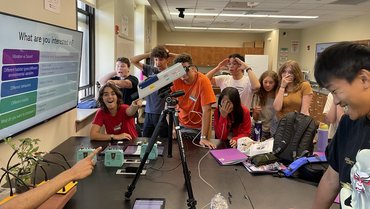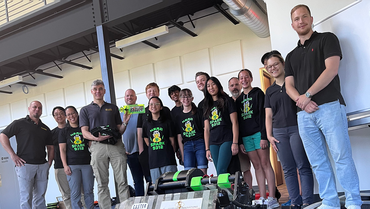Proud to support future generations through our education program
Prepare your students for cutting-edge industry technology with PolyLab & PolyLab+ education programs. These programs bridge the gap between basic lab equipment and advanced vibro-acoustic studies, offering hands-on experience with state-of-the-art technology widely used in various industries.
PolyLab & PolyLab+ programs employ technology that goes beyond the limitations of traditional transducers. Vibrometers are indispensable for measuring on lightweight, very small structures, high-temperature surfaces, and underwater, handling sub-picometer amplitudes and frequencies up to 8 GHz.
Contact us to assess whether your institution qualifies for PolyLab or PolyLab+, and you may be eligible to receive free vibrometer loaners for education purposes, ranging from 6 weeks up to 2 years.
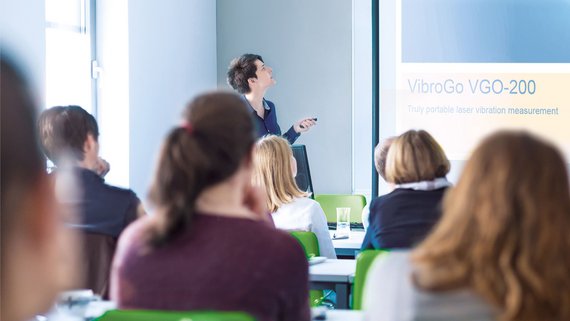
What is PolyLab & PolyLab+
PolyLab/+ is a turn-key education program that covers concepts such as vibration testing and modal parameters (natural frequency, damping, and mode shapes) and is accessible to students as an experimental framework. The PolyLab/+ kit contains a portable VibroGo® vibrometer, test objects and a lab tutorial with exciting experiments and relevant content. Students will enjoy working with the VibroGo® as it is easy to use and offers the possibility for fully digital non-contact vibration measurement, as well as analog data acquisition for visualization of transfer functions and much more.
PolyLab examples
STEM exploration at Georgia Southern's RAILS Summer Camp
Hosted on the Georgia Southern campus, the RAILS Summer Camp offers high school and college students a hands-on introduction to railroad technology, safety, and career opportunities. Students engage in experiential learning modules, participate in interactive workshops, tour advanced labs, and hear from industry leaders.
Missouri Scholars Academy and the University of Missouri Honors College
The introduction of the laser vibrometer into Missouri Scholars Academy and the University of Missouri Honors College courses represents a significant step forward in making scientific exploration both accessible and thrilling, ensuring that students not only learn but are inspired to pursue further knowledge in the field of bioacoustics.
FIRST Robotics Competition Team #9312 N.E.R.D. Spark
We believe in the power of innovation and the importance of nurturing the next generation of engineers. Supporting Team N.E.R.D. Spark has been an inspiring experience for all of us at Polytec. Watching these talented students apply their creativity and technical skills to solve complex problems is a reminder of the incredible potential that lies in the hands of our future engineers
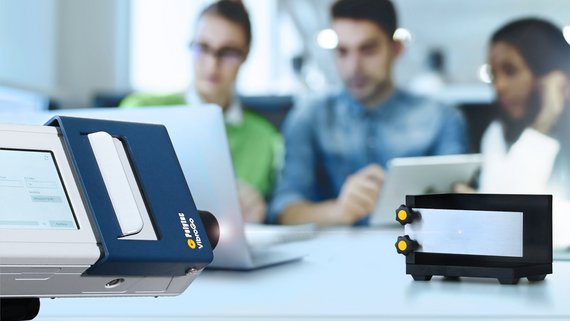
PolyLab/+ contents
- The portable laser Doppler vibrometer VibroGo®, which measures real vibration behavior, acoustics and dynamics of excited structures
- Demonstrative experiments and practical tests in a detailed script for teaching vibration tests and measuring parameters such as resonance frequency, damping and deflection.
- Options for analog and digital data acquisition and analysis with Polytec VibSoft software.
- Additional: Support from Polytec experts, including lectures showing the use of Laser Doppler vibrometer technology to solve important engineering tasks.
VibroGo® highlights
- Lightest, most compact vibrometer in a one-box solution
- Built-in data recorder—no need for an external data acquisition system
- Set up in minutes—no prior knowledge of vibrometry required, ideal in university environment
- Dedicated tutorials and experiments to accompany the manual
- Wireless settings change and data acquisition makes is a truly non-contact vibration measurement system
- Form factor and easy set up makes it a perfect educational tool to explain fundamental concepts such as of non-contact vibration, acoustics, modal analysis, FE-model update, mass loading, data acquisition, excitation methods, damping, etc.
PolyLab experience in action
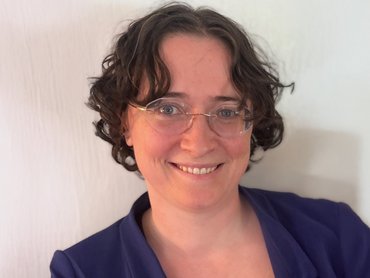
Sandia National Laboratories NOMAD Research
“Summer interns at Sandia National Laboratories participated in the Nonlinear Mechanics and Dynamics (NOMAD) Research Institute to work on collaborative research projects with teams of interns and mentors. Several project teams over the years have used Polytec Laser Vibrometers as a non-contact measurement capability for a variety of experimental setups, and enabled the students to learn how to acquire multi-sensor measurements. For example, one project used the Laser Vibrometers to obtain measurements on small electrical switches; the small size of the test unit necessitated a non-contact acquisition method, which Polytec was able to provide.”
Deborah Fawler, Mechanical Engineer, Sandia National Laboratories
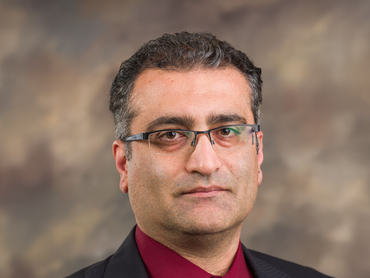
Georgia Southern University
“The RAILS Summer Camp is more than an outreach event. it's an investment in the future of rail innovation and STEM workforce development. Thanks to Polytec’s generous support, our students had a rare opportunity to work with industry-grade tools like the VibroGo® laser vibrometer, gaining hands-on experience with advanced vibration testing techniques that are directly applicable to structural health monitoring in railroad systems. Partnerships like these inspire students and connect classroom learning to impactful careers in transportation." Learn more
Dr. Hossein Taheri, Assistant Professor, Department of Manufacturing Engineering, Georgia Southern University
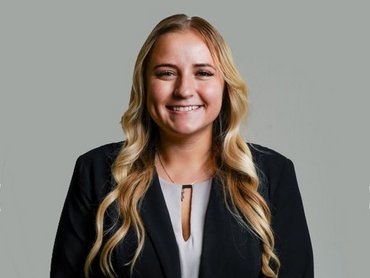
Honors College, University of Missouri
"The integration of a laser vibrometer into the "Sounds of Science" courses at both the Missouri Scholars Academy and the University of Missouri Honors College has transformed student learning experience, making bioacoustics more accessible and engaging for students. This advanced equipment enables them to explore and analyze substrate-borne vibrations in ways that are both innovative and inspiring. The precise data collected during these experiments offered students valuable insights into the complex ways organisms interact with their environment. This experience has not only increased their understanding of bioacoustics but has also inspired several to consider further studies and careers in science. I personally was thrilled to teach students how to use the laser vibrometer. It’s not every day you get to bring such cutting-edge tools into the classroom, and seeing the students’ excitement and engagement made it all worth it." Learn more
Sabrina Michael, Ph.D., Assistant Professor, Honors College, University of Missouri

Kettering University
"Kettering University physics and engineering students used the Polytec PDV-100 portable laser Doppler vibrometer kits as part of a unit on vibration and modal testing in our senior-level Acoustical Testing and Modeling course. Students were able to learn about the basic physics behind laser Doppler vibrometry, measure the vibrational modes of a cantilever beam, and compare measurements made using vibrometers with those made by accelerometers. We were also able to take measurements on vibrating objects that are hard to measure with accelerometers including a speaker cone and a guitar string. The availability of the portable laser vibrometers added a dimension to the course that we did not have previously and gives the students exposure to another technology useful in vibration studies."
Dr. Ronald E. Kumon, Associate Professor, Department of Physics, Kettering University
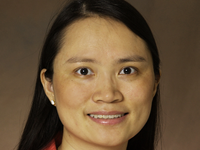
North Dakota State University
"Mechanical engineering students from two courses at NDSU were brought together to perform structural dynamic analysis of a beam using the Laser Doppler Vibrometer (LDV) from Polytec's University Program (UP). They were able to calculate Young's modulus and second moment of inertia of the cross section. Students were also able to calibrate the piezoelectric accelerometers and compare their calibration results to those recommended by the respective manufacturers. In both cases, students were amazed on how their experimental results agreed with expected theoretical results, which is highly credited to the accuracy offered by this LDV unit. We really thank Polytec for allowing us to use the UP units in our labs as it has tremendously enhanced our course delivery."
Dr. Annie Tangpong, Associate Professor of Mechanical Vibrations and Dr. Majura Selekwa, Associate Professor of Engineering Measurements, Department of Mechanical Engineering, North Dakota State University
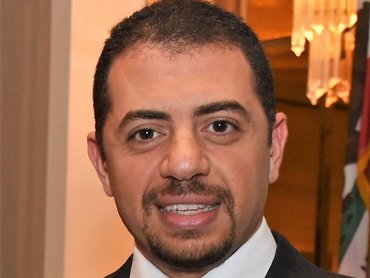
California State University
"Polytec's Laser Doppler Vibrometer PDV-100 was used by CSUN's Mechanical Engineering graduate students to perform experimental modal analyses on different laminated composite structures manufactured at CSUN's composites laboratory. Students were able to quickly run the tests and use the VibSoft software to obtain important structural parameters from the measurements. Students used the experimental data to update their computational models. All participating students reported that the LDV is very easy to use and the software is straight-forward. Students really enjoyed this hands-on project. Thank you so much Polytec! It was a nice learning experience."
Dr. Peter L. Bishay, Assistant Professor of Mechanical Engineering, California State University, Northridge
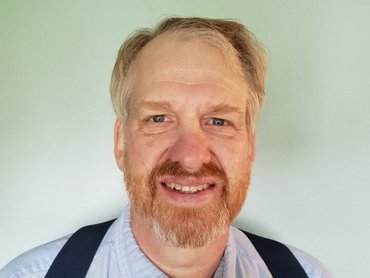
White Noise, LLC
"The VibroGo sensor was an important asset to my introduction to NVH engineering at Waterloo Christian. For the vibration demo I magnetically attached a speaker to a small fuse box. The speaker was fed a swept sine and the box vibration was measured with an accelerometer and the laser. A mic recorded the sound. One thing that was fun to demonstrate was playing back the accel and laser signals through the Dewe’s sound system and then demonstrating reciprocity by speaking into the box and again playing back the sound to hear what was said."
Robert White, Ph.D., P.E., White Noise LLC presentation at Waterloo Christian

University of Iowa
"The portable Laser Doppler Vibrometer VibroGo system, on loan from Polytec, allowed us to establish feasibility and collect preliminary results for a grant application. The system allowed us to distinguish important effects of fruit fly mutations on active hearing by measuring displacement or velocity of their antennae. The portable system also opens the potential for us to incorporate it as a tool in our undergraduate Animal Behavior Laboratory class to measure stridulatory behavior or acoustic function in insects. Vibrometry data would add significantly to opportunities for our students to develop quantitative understanding of animal behavior. We appreciate Polytec’s generosity in allowing us to learn and use this robust and well-designed instrument."
Daniel F. Eberl, Professor, Department of Biology, University of Iowa

Stanford University
"Stanford University’s Center for Computer Research in Music and Acoustics (CCRMA) used a Polytec Portable Digital Vibrometer (PDV-100) to study the acoustics of musical instruments. The vibrometer allowed researchers to capture the vibrational characteristics of individual acoustic and electric guitars. The vibration measurements serve as the basis for computational models which are used to study the acoustics of the instruments as well as to produce sound synthesis for music making."
The study was led by Chris Chafe, Director of CCRMA at Stanford University.

